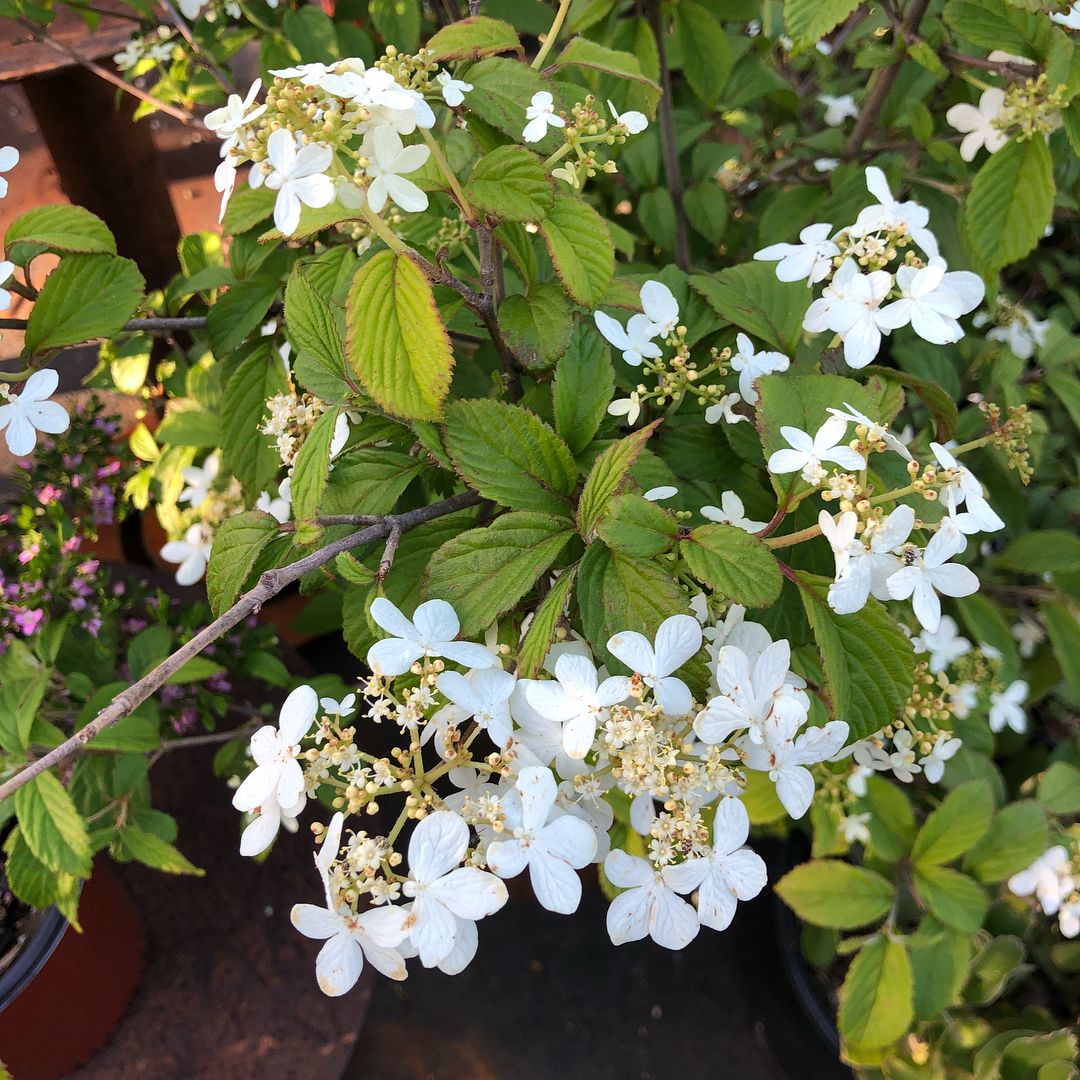My Fascination with Sanguisorba
I’ve always been drawn to the subtle beauty of wildflowers, those often overlooked gems that pepper meadows and roadsides with their unassuming charm. Among my favorites is the genus Sanguisorba, commonly known as burnet. These herbaceous perennials, belonging to Rosaceae – the rose family, possess an understated elegance that captivates me. Their delicate, often bottlebrush-like flowers, range in color from creamy white and soft pink to deep crimson and even purple. But it’s not just their aesthetics that intrigue me; Sanguisorba boasts a rich history and a surprising versatility.
A Burnet by Any Other Name
The name Sanguisorba itself hints at the plant’s historical significance. Derived from the Latin words “sanguis” (blood) and “sorbere” (to absorb), it alludes to the plant’s traditional use as a styptic to staunch bleeding. This property stems from the tannins present in the plant, which have astringent qualities. Imagine, centuries ago, people turning to this unassuming plant for medicinal aid. It’s a testament to the deep connection between humans and the natural world.
A Diverse Family
The genus Sanguisorba is surprisingly diverse, with around 38 species scattered across the temperate regions of the Northern Hemisphere. Some notable members include:
- Sanguisorba albanica András. & Jáv.
- Sanguisorba albiflora (Makino) Makino
- Sanguisorba alpina Bunge
- Sanguisorba ancistroides (Desf.) Ces.
- Sanguisorba annua (Nutt. ex Hook.) Torr. & A.Gray
- Sanguisorba applanata T.T.Yu & C.L.Li
- Sanguisorba armena Boiss.
- Sanguisorba azovtsevii Krasnob. & Pshenich.
- Sanguisorba canadensis L.
- Sanguisorba cretica Hayek
- Sanguisorba diandra (Hook.f.) Nordborg
- Sanguisorba dodecandra Moretti
- Sanguisorba durui Yıld.
- Sanguisorba filiformis (Hook.f.) Hand.-Mazz.
- Sanguisorba hakusanensis Makino
- Sanguisorba hybrida (L.) Font Quer
- Sanguisorba indica (Gardner) Tirveng.
- Sanguisorba japonensis (Makino) Kudô
- Sanguisorba × kishinamii Honda
- Sanguisorba lateriflora (Coss.) A.Braun & C.D.Bouché
- Sanguisorba longifolia Bertol.
- Sanguisorba magnifica I.Schischk. & Kom.
- Sanguisorba mauritanica Desf.
- Sanguisorba megacarpa (Lowe) Muñoz Garm. & C.Navarro
- Sanguisorba menendezii (Svent.) Nordborg
- Sanguisorba minor Scop.
- Sanguisorba obtusa Maxim.
- Sanguisorba occidentalis Nutt.
- Sanguisorba officinalis L. Plant FAQs: Sanguisorba Officinalis – Great Burnet
- Sanguisorba × poroshirensis S.Watan.
- Sanguisorba × pseudo-officinalis Naruh.
- Sanguisorba riparia Juz.
- Sanguisorba rupicola (Boiss. & Reut.) A.Braun & C.D.Bouché
- Sanguisorba sirnakia Yıld.
- Sanguisorba stipulata Raf.
- Sanguisorba × takahashihideoi Naruh.
- Sanguisorba tenuifolia Fisch. ex Link
- Sanguisorba verrucosa (Link ex G.Don) Ces.
More Than Just a Pretty Face
Beyond its historical and botanical significance, Sanguisorba offers a myriad of uses in the modern world. In the garden, it’s a versatile plant, adding texture and vertical interest to borders and meadows. Its long flowering season provides a valuable source of nectar for pollinators, making it a favorite among bees and butterflies.
But the usefulness of Sanguisorba extends beyond the garden. As I mentioned earlier, Salad Burnet (Sanguisorba minor) is a culinary delight. Its fresh, cucumber-like flavor adds a unique twist to salads, sandwiches, and even cocktails. The young leaves can be used as a garnish or added to soups and stews.
Even in the realm of ecological restoration, Sanguisorba plays a vital role. Its deep roots help to stabilize soil and prevent erosion, making it an ideal choice for planting on slopes and stream banks.
A Personal Connection
My own journey with Sanguisorba began with a chance encounter at a local nursery. I was immediately drawn to the unique flower heads of Sanguisorba officinalis, which reminded me of miniature crimson torches. I planted it in my garden, and it quickly became a favorite. Its resilience, adaptability, and understated beauty resonated with me.
Since then, I’ve sought out other species, eager to explore the diversity of this fascinating genus. I’ve experimented with Sanguisorba minor in my cooking, adding its refreshing leaves to salads and infusing its delicate flavor into summer drinks. I’ve even tried my hand at propagating Sanguisorba from seed, marveling at the intricate process of new life emerging.
A Lasting Appreciation
My fascination with Sanguisorba continues to grow. I’m constantly learning new things about this remarkable genus, from its diverse uses to its ecological importance. It’s a plant that embodies both beauty and practicality, history and modernity.
In a world that often prioritizes the flashy and the flamboyant, Sanguisorba stands as a reminder that true beauty lies in simplicity and resilience. It’s a plant that has captured my heart and continues to inspire me with its quiet strength and understated elegance.
If i die, water my plants!



